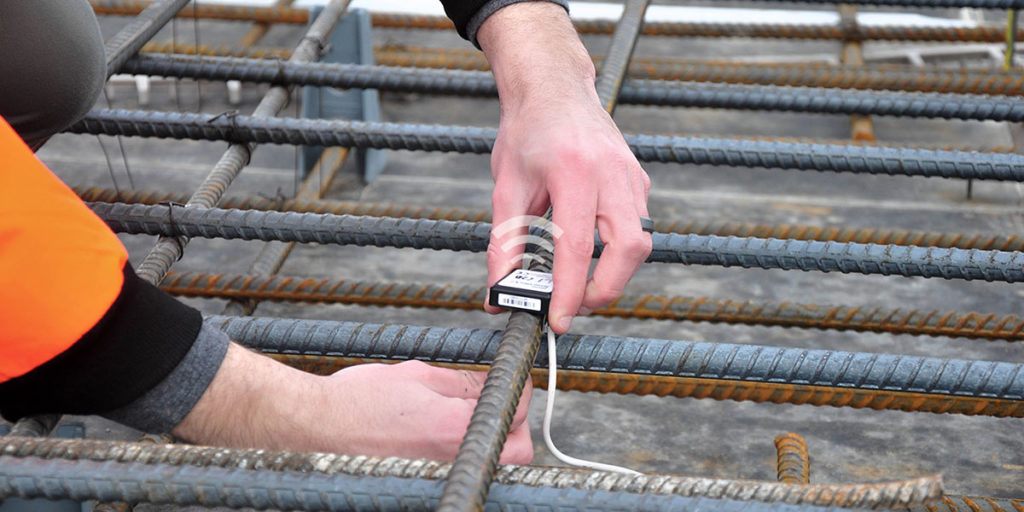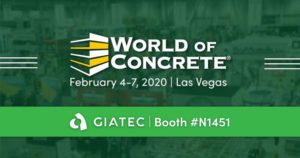The use of data and analytics has permeated all aspects of construction, and concrete is no exception. The value of data and information is really showing itself in this industry.
“For more than a decade, concrete contractors have been using sensors to collect data about the characteristics of concrete during the early stages of placement,” says Stuart Galloway, President, Canadian Concrete Expo. “Now, due to the collection of all this data and to the presence of automation, these technologies are reaching the point where they can be used to predict concrete characteristics/performance.”

“Venture capital is pouring into automation and other digital technologies,” says Aali Alizadeh, Chief Product Officer, Giatec. “Our sensors have been used in more than 4,000 projects worldwide. We are gathering more and more data on concrete temperature and strengths. From these 4,000 projects, we have tens of thousands of sensors that are collecting information that adds up to millions of data points. And we looked at these data points to see how we can generate new insight and new information about concrete that wasn’t available in the past.”
All the data—from a quality control perspective—is scattered and isolated in different projects, but now Giatec says they have the luxury of having everything in one place. Whether it’s a high-rise, bridge or mass concrete pour in a hot or cold climate, they can overlay all of this sensor data and generate new insights on concrete curing using machine learning algorithms.
In order to create the first algorithm for concrete, Giatec has partnered with MILA, a world-famous research group to develop the first machine learning program for concrete. (The founder of the company won the Turing Award, which is an annual prize given by the Association for Computing Machinery to an individual who has demonstrated contributions “of lasting and major technical importance to the computer field”).
Giatec named the first algorithm “Roxi”. “We trained Roxi with the use of millions of data points,” says Alizadeh. “How it performs in an ideal scenario and it can detect when the concrete doesn’t perform in an ideal scenario and send notifications and pinpoint areas that may need attention and bring that attention to project managers. We are essentially leveraging collective data to bring back more value to individual projects.”
The company plans to make Roxi even more intuitive by training the program to understand how concrete will behave in the future. This capability will allow the technology to predict in two days, for example, the strength value the concrete will reach. This means project managers will know in-situ strength ahead of their schedule.
As part of an integration with Procore, Autodesk, Tekla, and others, Giatec uses a standard API communication so that, in the project management software, you can create automated tasks and communications to stakeholders.
“Going forward, as we are building advanced electronics and concrete science, and artificial intelligence, we are looking at a bigger picture: How to go beyond the early stages of construction and look at the full life-cycle of concrete, from production at the concrete plant, gets trucked and poured, and while the concrete is in service and have an IoT platform and a sensor that can monitor the concrete’s lifecycle and bring that information to the stakeholders,” says Alizadeh.
“From sensors to automation to algorithms, concrete construction is a truly forward-thinking industry,” says Galloway.
This blog was originally published on Canadian Concrete Expo. Learn more about this national trade show here!


